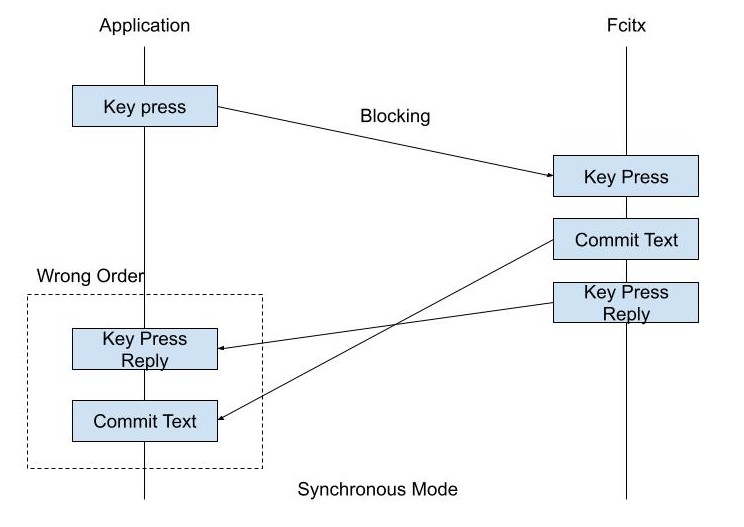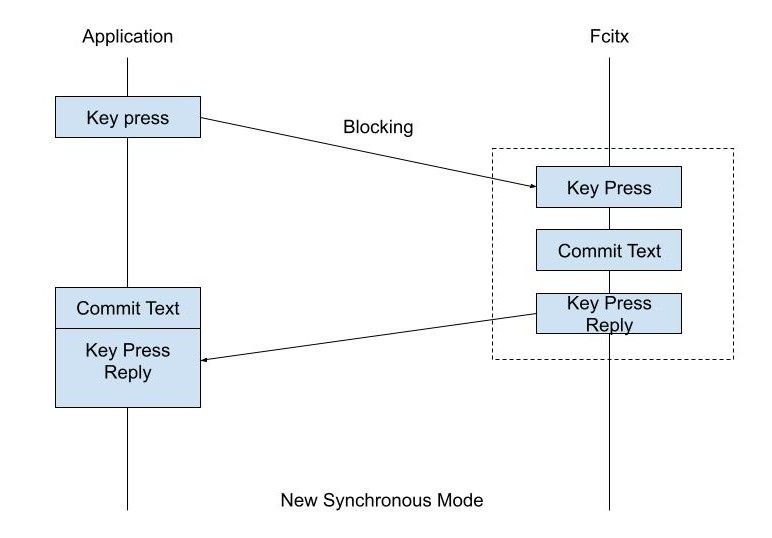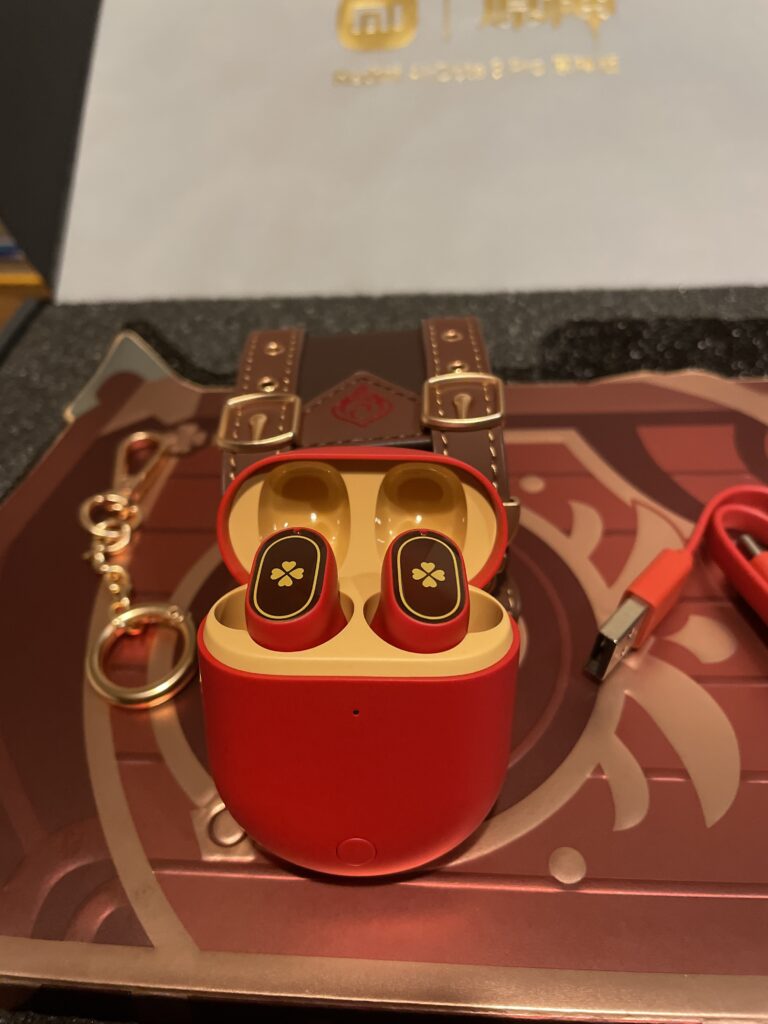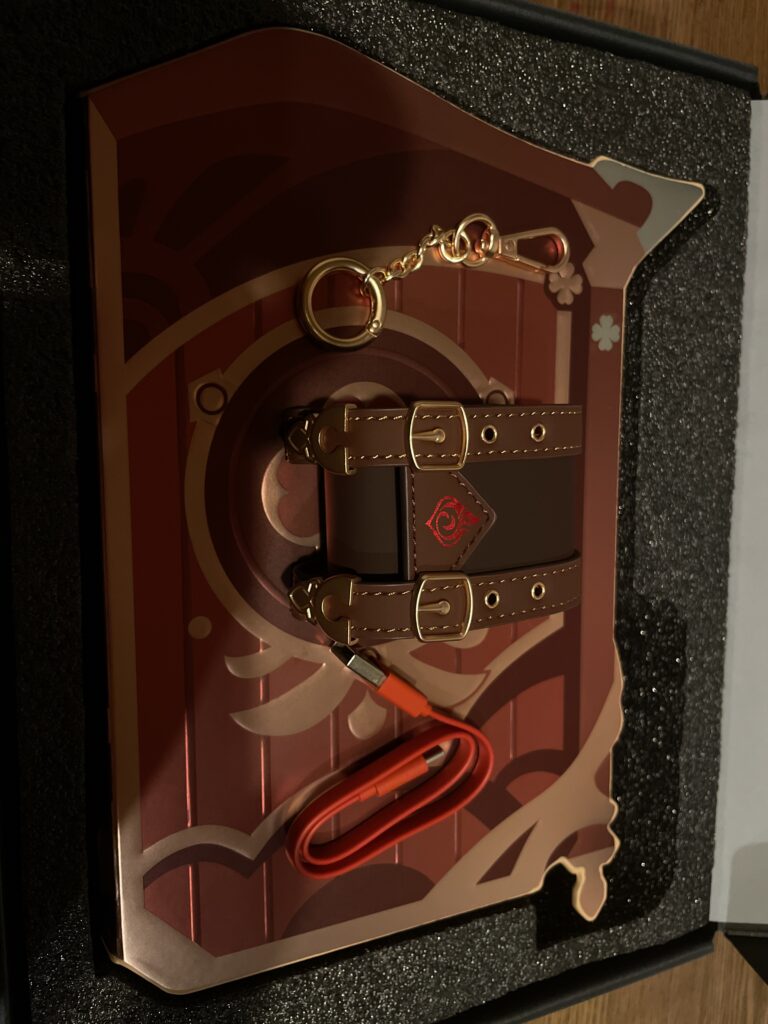TL;DR: this is not considered as a user facing change.
In a previous post, we discussed the issue between the input method event order and the blocking dbus call. To put it simple, input method may generate multiple different outcomes from a single key press, such as committing text, set preedit, etc. The key press comes as a Inter-process communication(IPC) from an application to Fcitx.
If this IPC is blocking, then the event can only arrive after the call is done. Previously, we tried to always use async call to ensure the event happens before the reply is delivered to application first. This can’t be used for Gtk 4 GtkIMContext anymore. Gtk 4 hides too much API comparing to Gtk3, which prevents us from doing a lot of things, for example, re-inject the key event into the application.
In the old async mode, the key event will always be filtered by Fcitx IM Context, then re-inject into the application when the result of event handling returns. Upon the result is received, Fcitx IM Context will copy the GdkKeyEvent back into the application with a special flag on the modifier, to prevent it from being handled by Fcitx IM Context again.
In Gtk 4, there is no API to create a synthetic key event (which is problematic for some other features that Fcitx supports, but we will not discuss that here), which means we will need to implement using the synchronous mode anyway.
Well, not really “must”, because I do find some API to allow a hacky asynchronous implementation, by memorizing the pointer address of GdkEvent and use gdk_put_event to reinject the event. Though that doesn’t work for chromium code because it doesn’t use gdk for event handling.
So what we can do here? The answer is, we create a new version of ProcessKeyEvent API, ProcessKeyEventBatch.
In the old synchronous mode, the root cause of wrong event order is the event sending from input method can only be handled “after” the synchronous ends, which is not we want to see.


Say, application want to commit some text before the key event is handled by application. After commitString() is called on the input method side, the CommitString dbus signal doesn’t happen in the new mode, instead, we wait and put them together in the return value of “ProcessKeyEventBatch”. Upon receiving the reply, the FcitxIMContext first decodes the reply to see if there is anything piggybacked in the same reply, and handles them first. This will make the event order consistent on both of the input method side and the application side.








